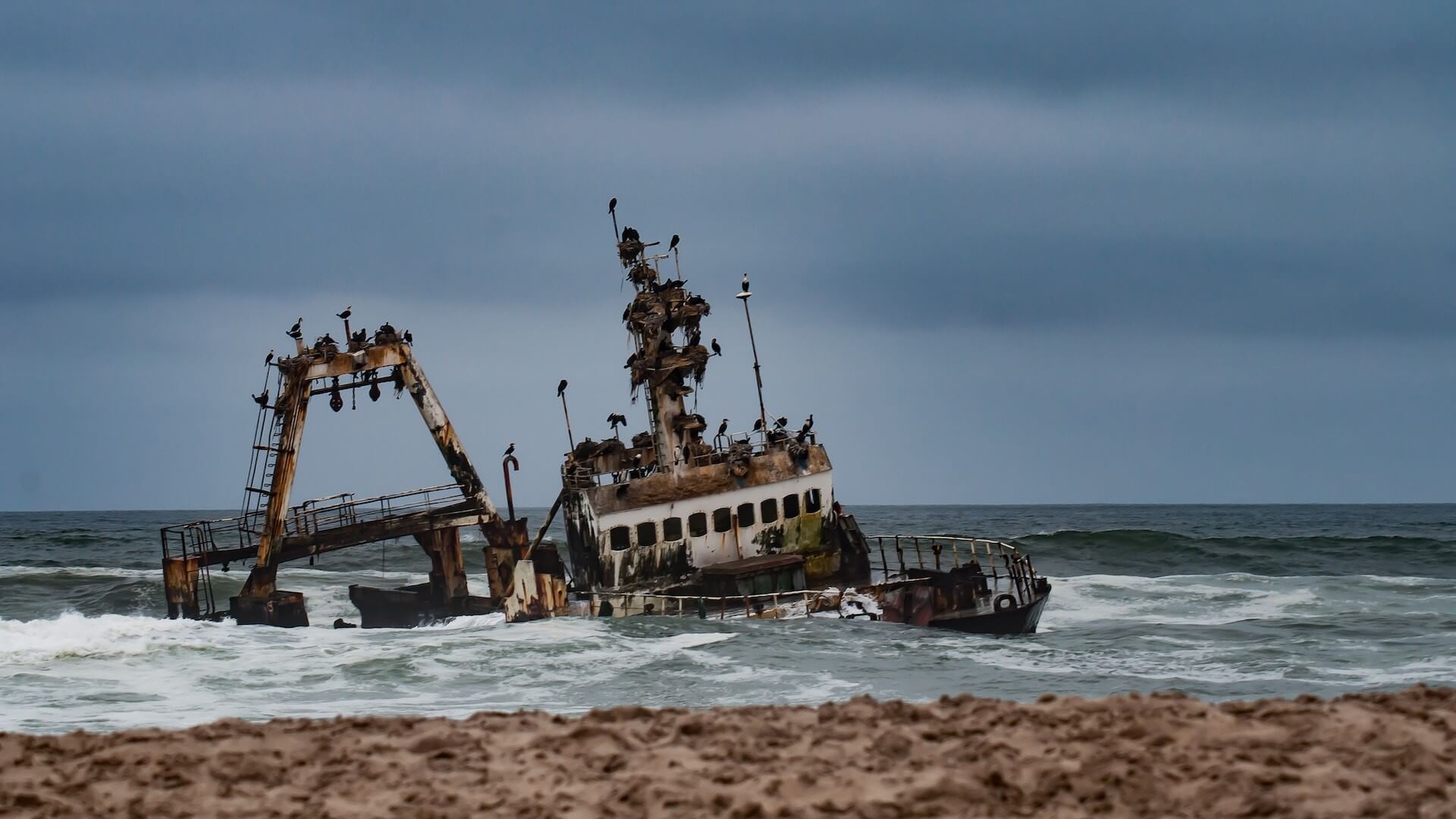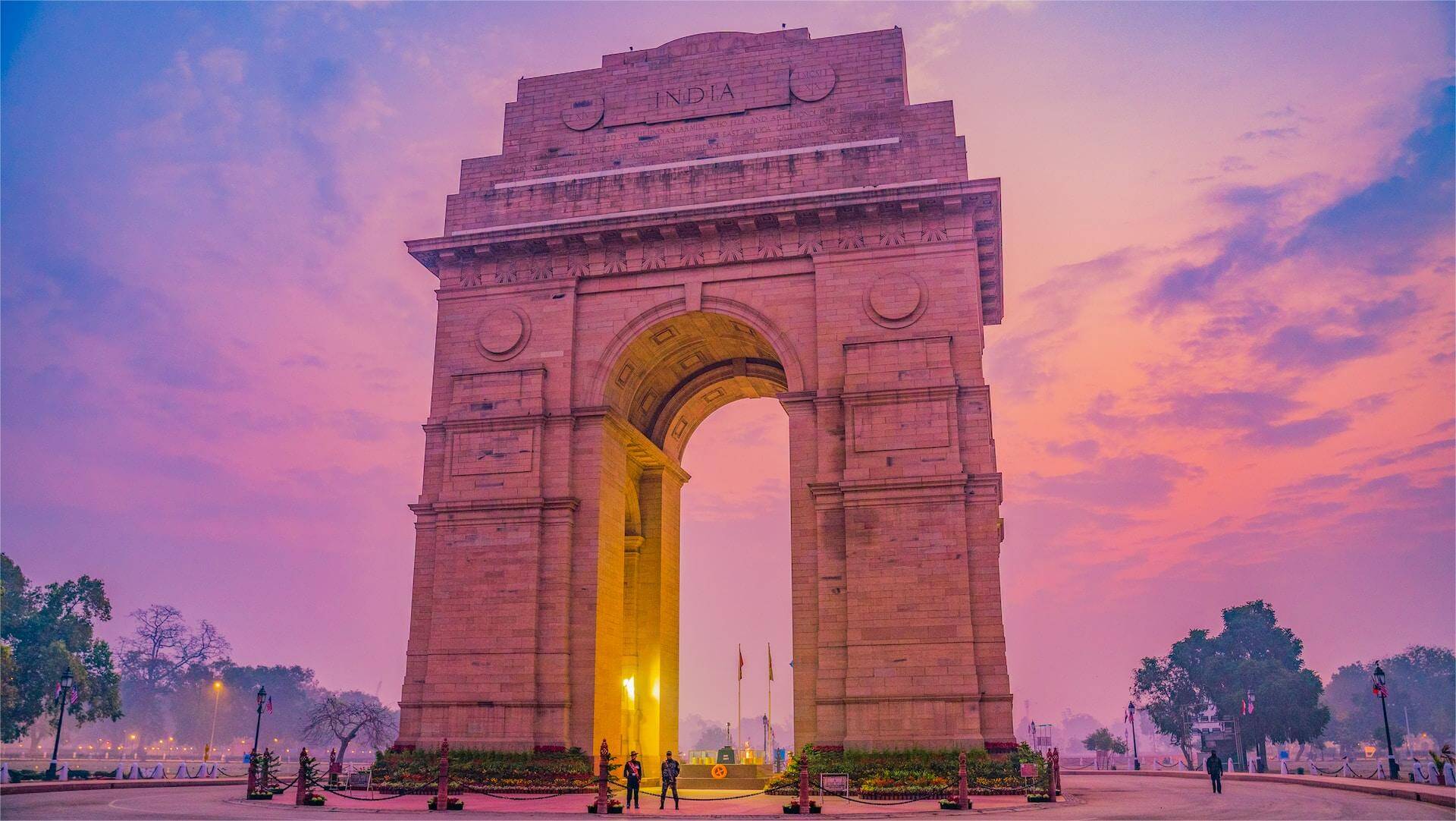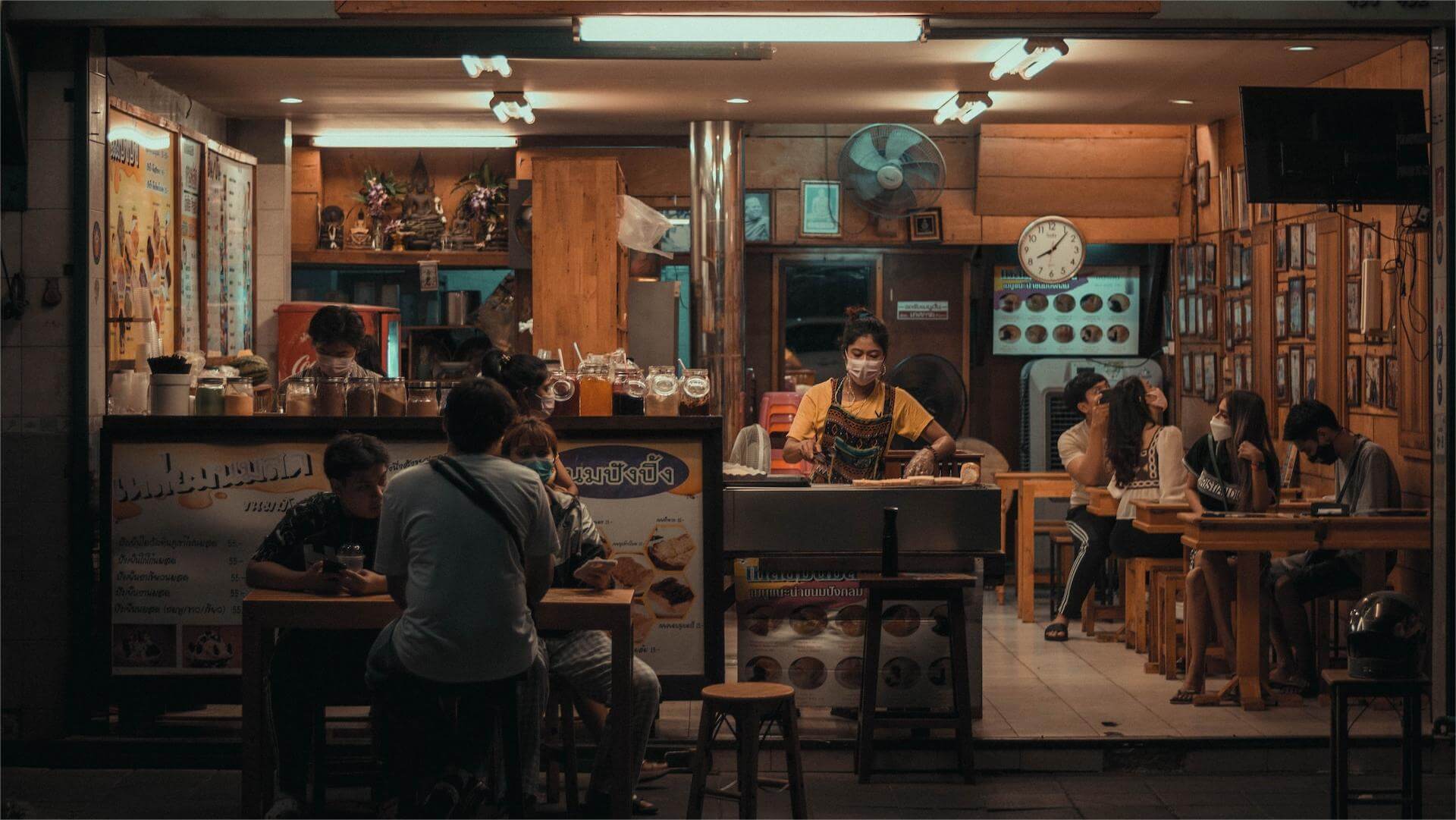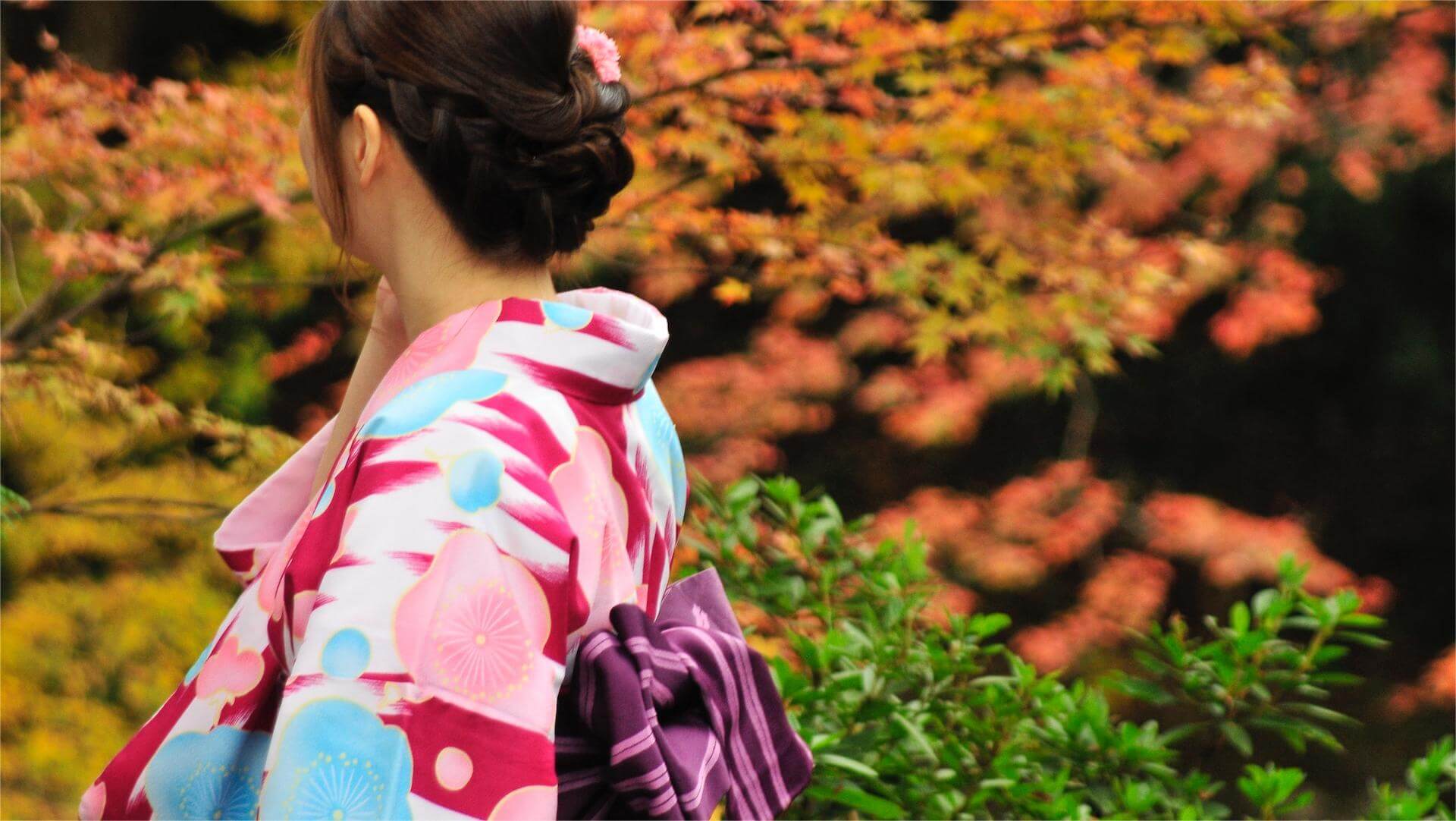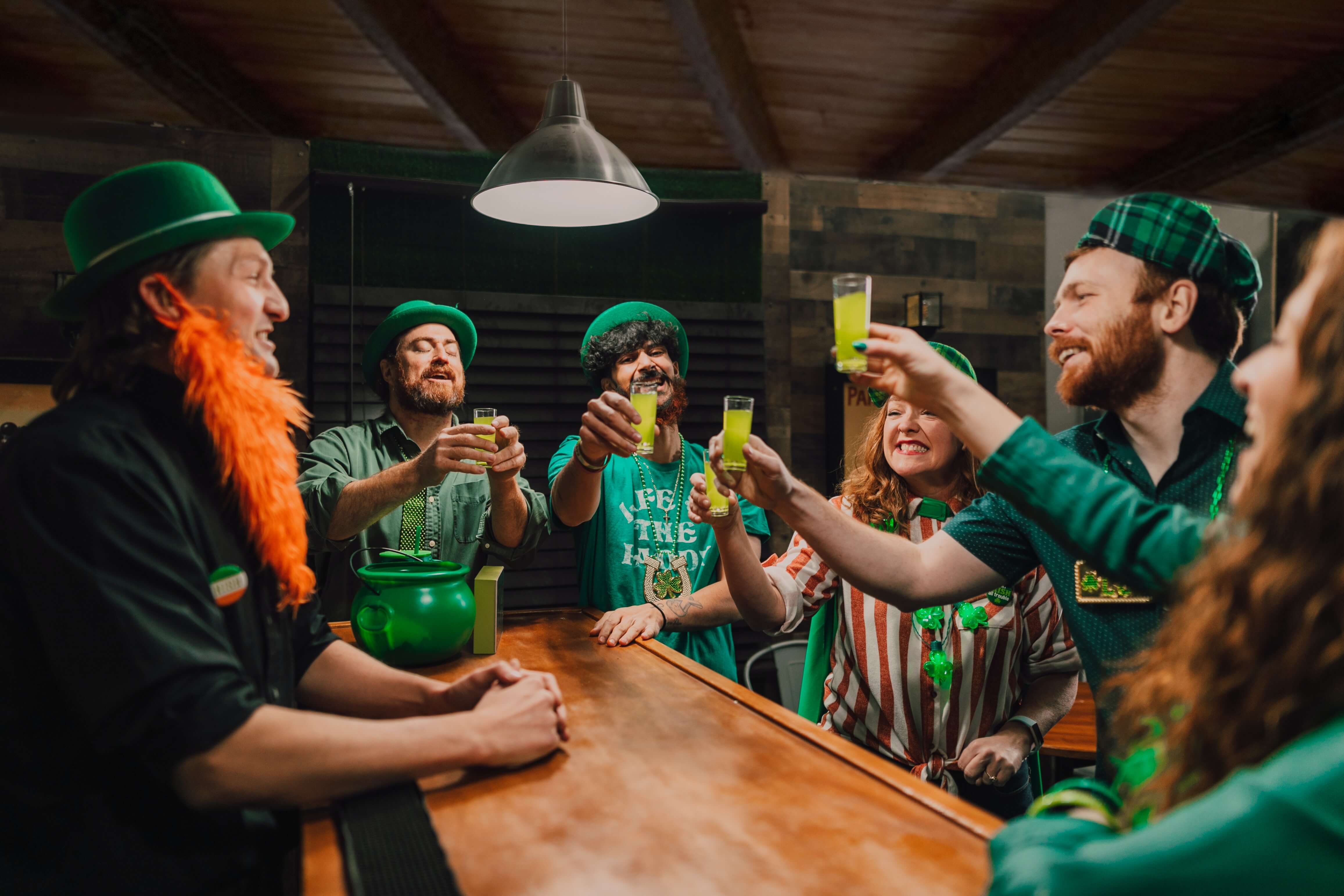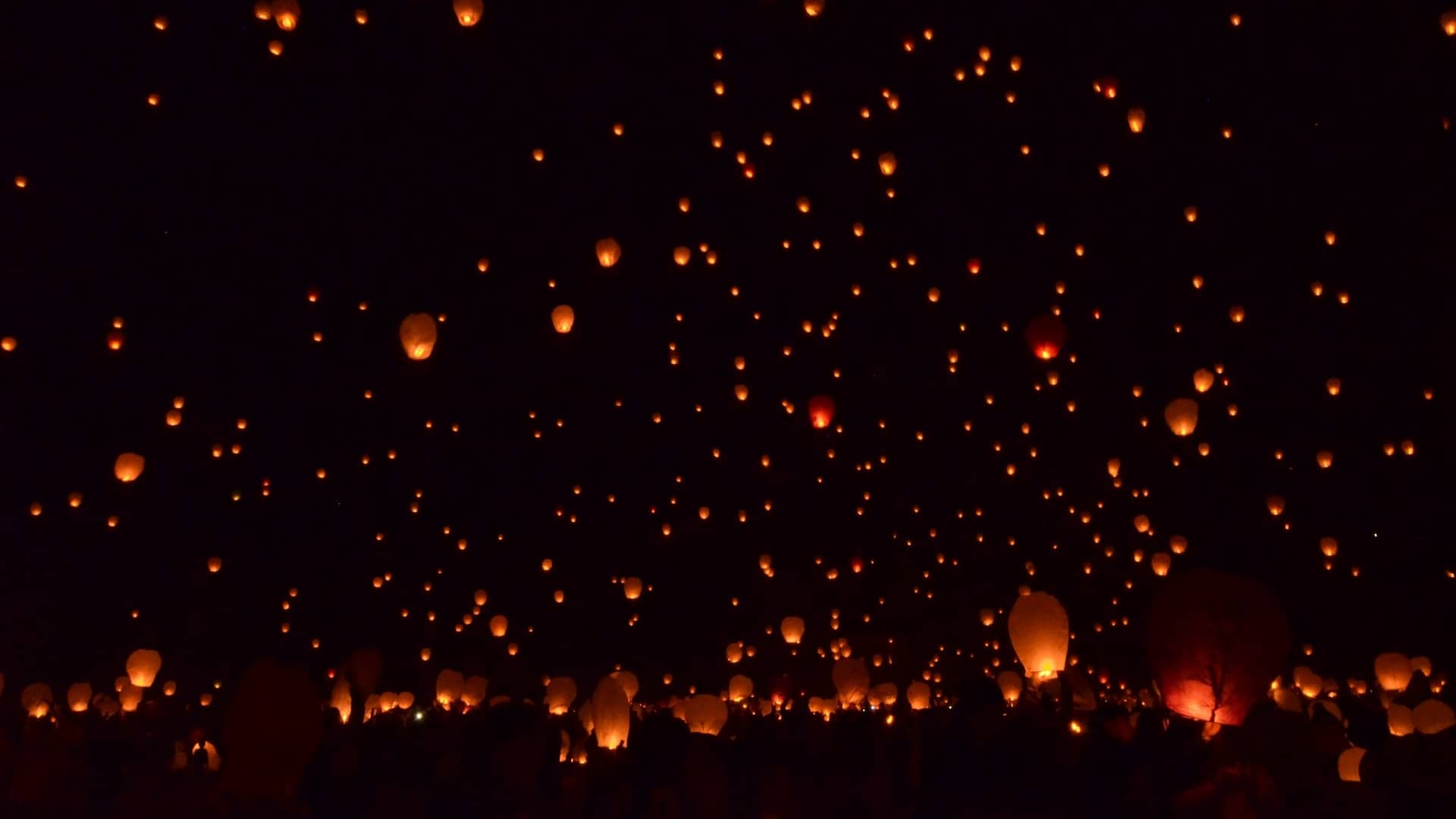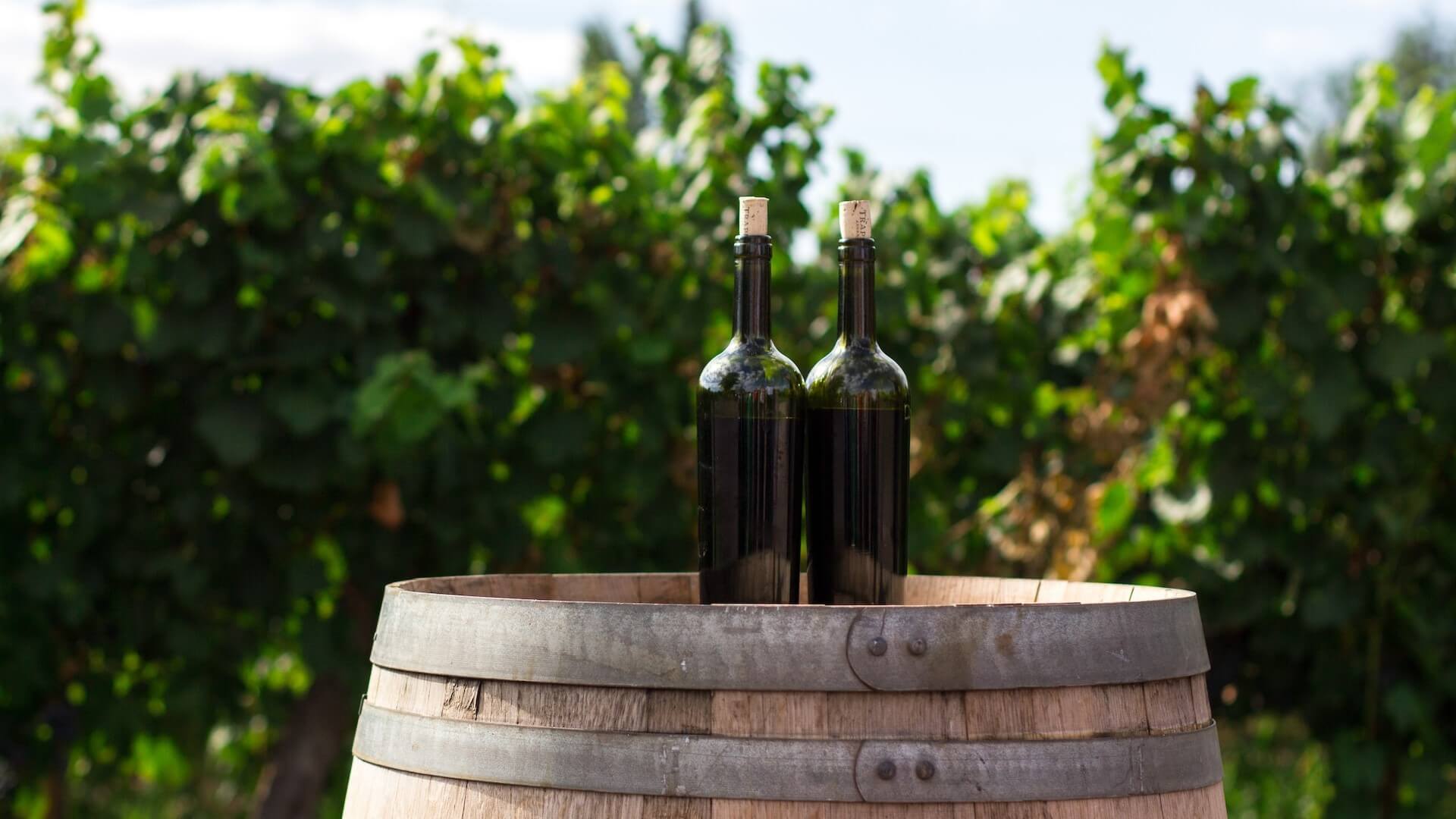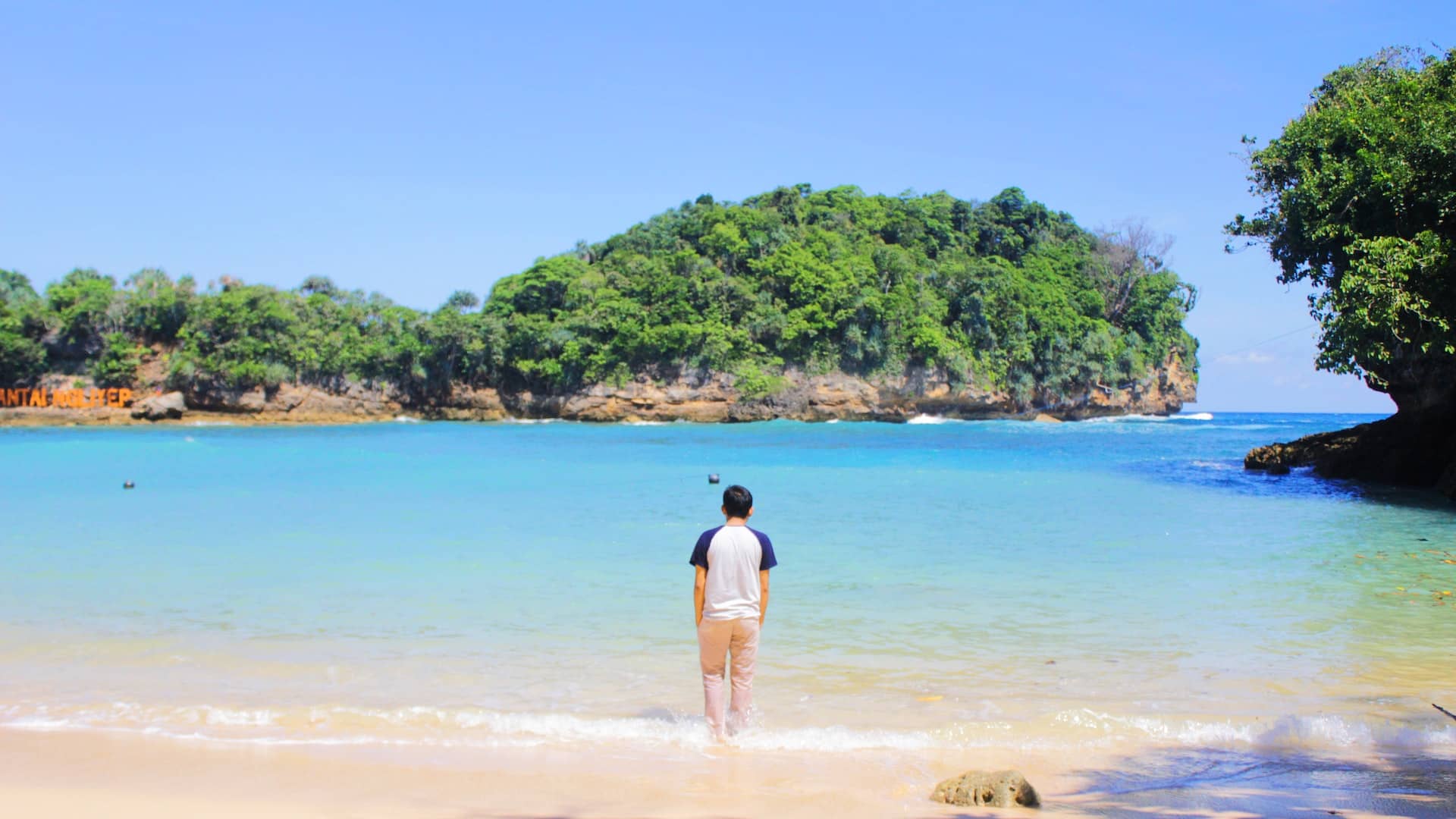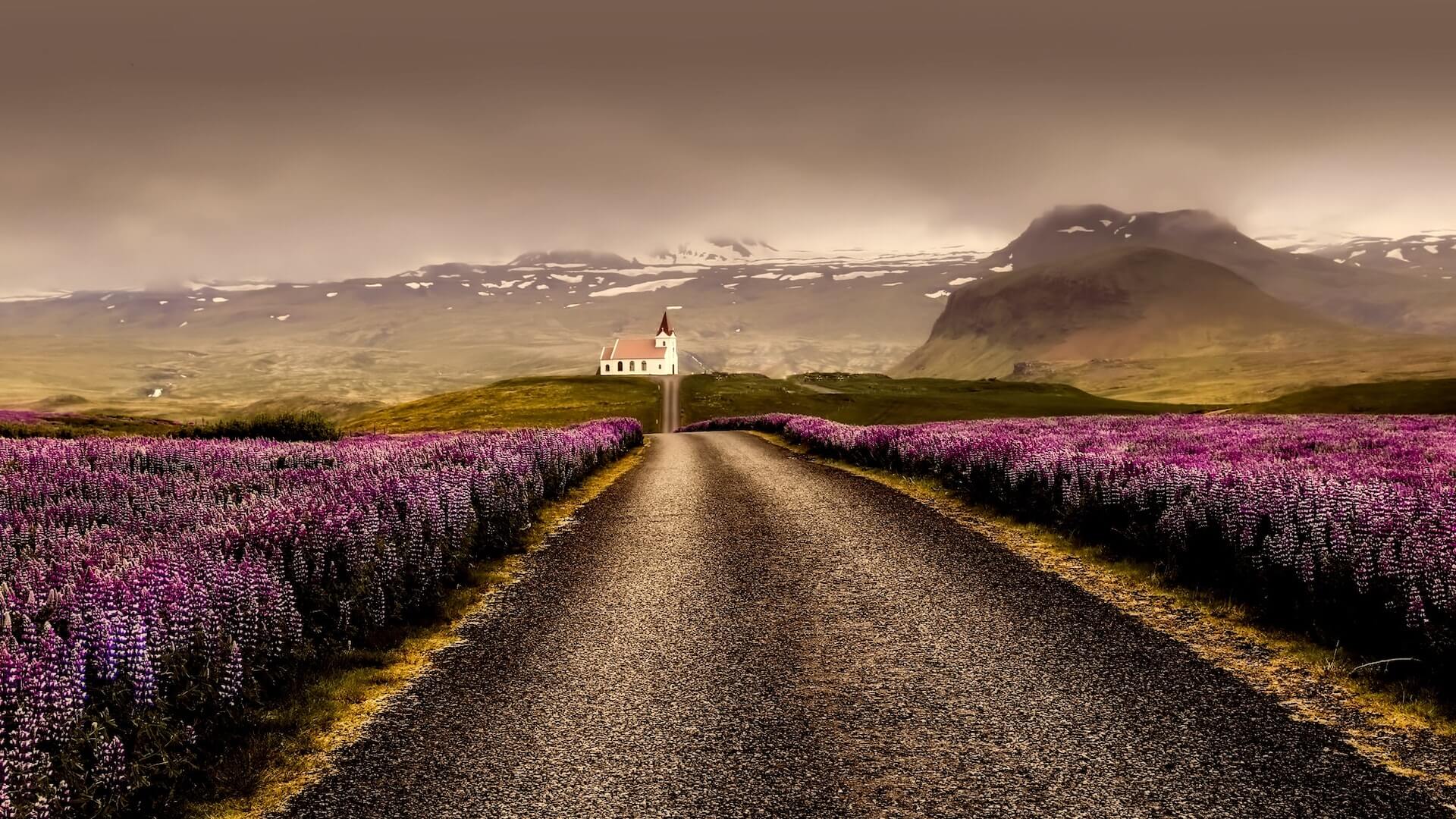S
Africa has a 500-kilometer-long coastline, which is not a clear water and white sand ocean style, but full of a desolate scene. This is a desert area located between the Namib Desert and the cold waters of the Atlantic Ocean in Africa.
It is one of the most arid deserts in the world, and although it borders the Atlantic Ocean, it is clearly on the wrong side of the tracks. It rarely rains all year round, but there are high winds blowing all year round, the coast is lined with reefs of varying depths, the currents are intertwined, and there is often fog that makes it difficult to tell where you are going.
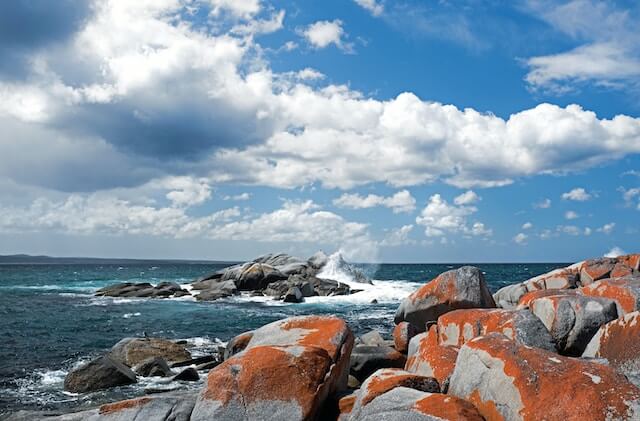
Ships have been wrecked here in Taurus Square, and there are even the crushed cores of whaling ships in this desolate desert. So this lifeless coast is also known as the "Skeleton Coast".
The Skeleton Coast has no rain but often windy, and many of the rocks on the coast are subject to wind erosion for years, forming various odd shapes. There are also rivers flowing inland to this area, but they dry up before entering the sea.
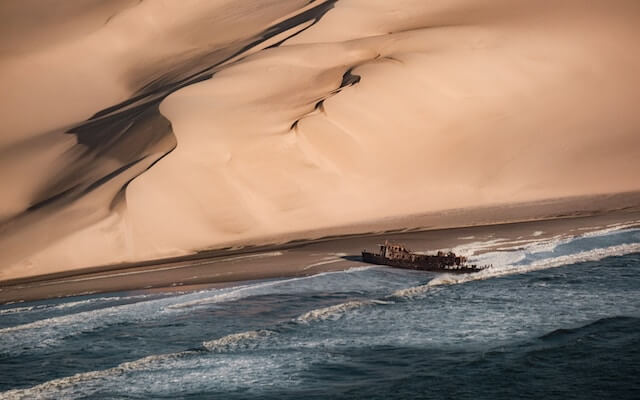
The Skeleton Coast has mirages from time to time due to the special weather and meteorology, and the oddly shaped rocks look scary and frightening in the fog of the howling wind. But this is only a natural phenomenon brought about by the terrible sight. It is the beach wreck here that is the source of people's fear.
In the 1940s, 12 headless wrecks were found on this beach, one of which was a child. The incident has never been explained. The Skeleton Coast has been called "the most dangerous coastline in the world" because of the weather conditions and the complex topography of the currents, making it very dangerous for boats to travel here.

Many unfortunate shipwreckers may be glad to be alive after climbing ashore, but will soon be tortured to despair again by the endless wind and sand. Skull Island is strewn with shipwrecks and human bones, making it a complete no-go area for humans.
Although humans cannot survive, but the offshore marine microorganisms make a lot of sardines and other fish live here, and there are geckos, beetles and other small creatures in the rocks of the desert. Where there are creatures, there is a biological chain, so there are also seabirds, pit vipers, sea dogs and other animals that use these small creatures as food here, and they try to survive in the extreme areas that humans dare not challenge, bringing a little life to the area.

The brown sand dunes on the Skeleton Coast are one of the most unique sights in this world, but unfortunately, it is also one of the most untouchable scenic spots for humans to set foot. Only antelopes and desert elephants in this world are most likely to walk safely through this area, right?
